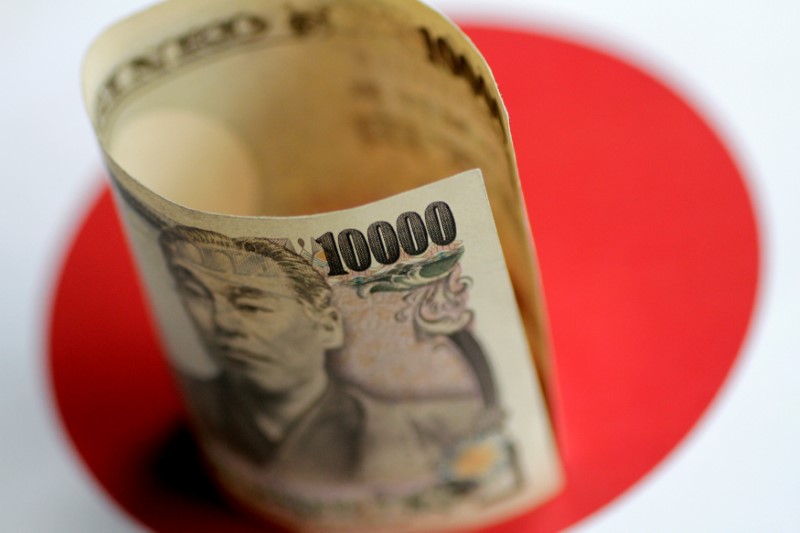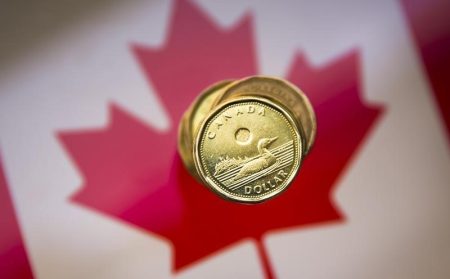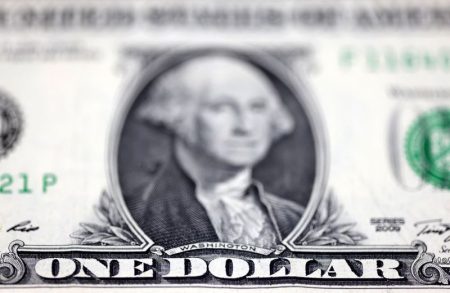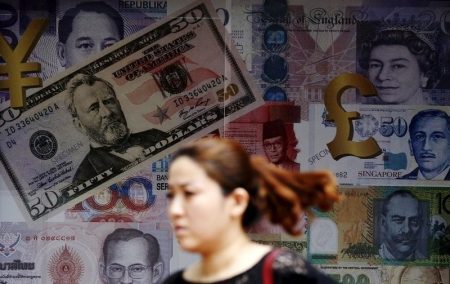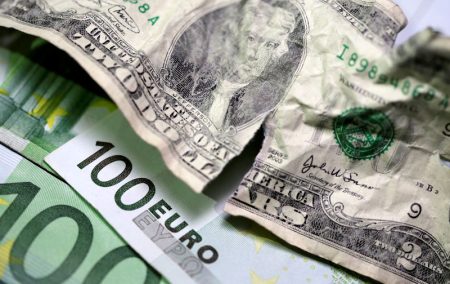Investing.com — Most Asian currencies moved little on Friday as markets sought more cues on U.S. interest rate hikes, while the Chinese yuan and Japanese yen were supported by speculation over government intervention in currency markets.
A stronger-than-expected reading on spurred steep losses in Asian currencies on Thursday, while the dollar steadied on increased expectations that the Federal Reserve will keep raising interest rates in the coming months.
The and fell about 0.1% each in Asian trade, but were still set to gain marginally for the week.
In contrast, most Asian currencies were set for weekly losses on expectations that the gap between risky and low-risk yields will narrow in the coming months.
The was among the worst performers for the week, down 0.7% as clear signals from the Reserve Bank on pausing its rate hike cycle diminished the currency’s appeal.
Chinese yuan, Japanese yen buoyed by intervention talk
The and the both rose slightly on Friday, supported by persistent speculation that Beijing and Tokyo will intervene in currency markets to stem weakness in their respective currencies.
The yuan was also boosted by a series of strong midpoint fixes by the People’s Bank of China, which steadied the currency despite a string of weak economic readings from China.
The Chinese government had last week intervened in currency markets for the first time in eight months, stemming a recent decline in the yuan as the country’s economic outlook worsened. Traders were watching for any more such moves from Beijing, given that the yuan was trading well below the psychologically important 7 level.
While the Japanese yen saw no direct intervention, it also pulled back from the key 145 level against the dollar, amid a slew of verbal warnings from Japanese officials on betting against the yen.
But the outlook for the yen appeared bleak, especially as the Bank of Japan reiterated its plans to keep policy loose.
Nonfarm payrolls in focus, rate hike bets increase
Broader Asian currencies moved little as markets hunkered down ahead of key U.S. due later on Friday. The added 0.2%, while the rose 0.3%, with both currencies set to end the week unchanged.
Thursday’s payrolls data saw markets increase their bets on a Fed rate hike in late-July, with pointing to a nearly 92% chance of a 25 basis point hike.
With most Asian central banks having paused or concluded their rate hike cycles, rising U.S. interest rates are likely to further pressure regional currencies in the coming months.
Read the full article here





